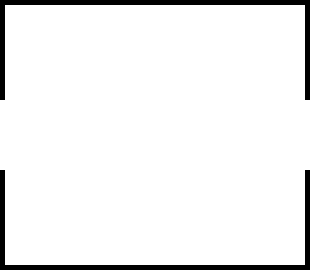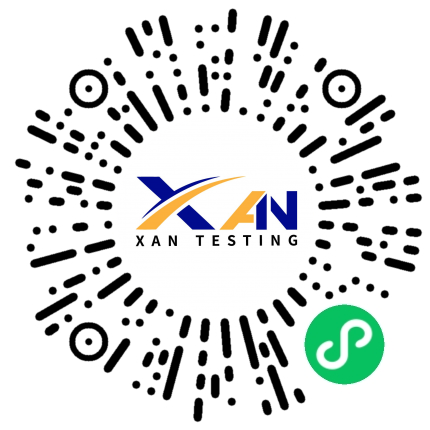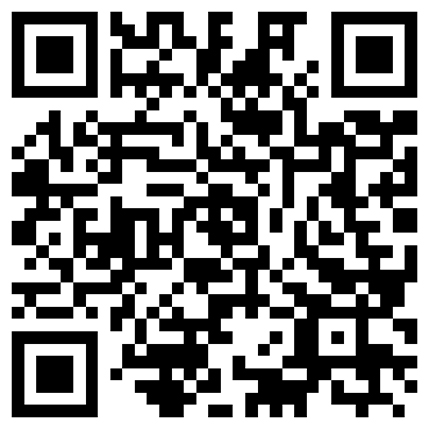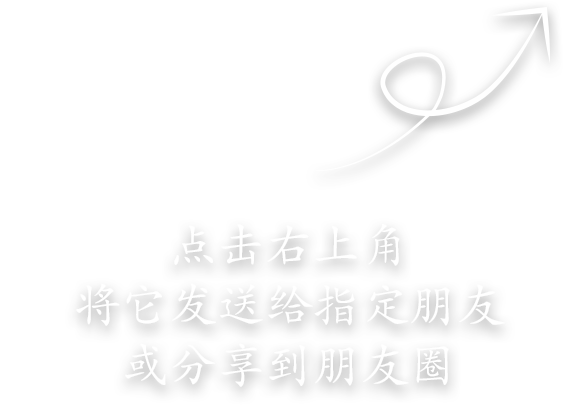-
Mobile Version
Scan with Mobile
- Member Center

Introduction to FCC certification in the United States
The full name of FCC is the Federal Communications Commission of the United States, and it is directly responsible to Congress. It coordinates domestic and international communications by controlling radio broadcasting, television, telecommunications, satellites and cables, and is responsible for authorizing and managing RF transmission devices and equipment other than those used by the federal government.
According to the relevant part of the federal communication regulations of the United States (CFR part 47), all electronic products entering the United States need to be certified for electromagnetic compatibility (FCC certification); At present, the United States has become China's second largest trading partner for several years in a row, and the trade volume between China and the United States is increasing year by year. Therefore, the export to the United States should not be underestimated. The strictness of American product technical standards and import regulations can be called the first in the world. Understanding American market access rules will help our products further open up the American market.
Federal Communications Commission (FCC)-regulates the import and use of radio frequency devices, including computers, fax machines, electronic devices, radio receiving and transmitting equipment, radio remote control toys, telephones, personal computers and other products that may harm personal safety. If these products want to be exported to the United States, they must be tested and approved by laboratories authorized by the government according to FCC technical standards. Importers and customs agents should declare that each radio frequency device meets FCC standards, that is, FCC licenses.
Among them, there are three modes of FCC certification: VOC, DOC and ID. [fccID query is at the bottom of the article].
Second, the United States FCC certification two models
1.FCC -SDOC: declaration of conformity, that is, for non-wireless communication ordinary electrical products, the products are tested in qualified testing institutions designated by FCC to ensure that the equipment meets the relevant technical standards and the test report is kept. After the products pass the test, the FCC certificate and test report are obtained, and the manufacturers can label the products with FCC marks and sell them to the American market;
2.FCC-ID: This is a CERTIFICATION certificate. FCC-ID certification is applicable to low-power transmitters such as cordless phones, remote controllers for automatic doors, radio remote-controlled toys and safety alarm systems, devices for intentionally emitting radio frequency energy in Part 15, industrial, scientific and medical equipment used by mass consumers in Part 18, automatic frequency conversion receivers and super-regenerative receivers, TV interface devices, and home computers and their peripherals;
After the products have been tested in the testing room approved by FCC, the technical data of the products, including detailed photos, block diagrams, user manuals, etc., shall be sorted out and sent to FCC TCB testing room together with the test report. The FCC TCB test room confirms that all the information is correct, and issues a certificate to authorize an FCC ID number;
For customers who apply for FCC CERTIFICATION for the first time, they must first apply to the FCC for a number -GRANTEE CODE. After the products pass the test and certification, they can be sold to the American market by marking the FCC ID number on the products.
Iii. FCC certification standards
The main standards of FCC are as follows, among which FCC PART 15 and PART 18 are widely used:
Scope of application of FCC standard
FCC PART15 C/E/F intended radiation device testing
FCC PART 18 industrial, scientific and medical equipment
FCC PART 22 public mobile communication service
FCC PART 24 personal communication service
FCC PART 25 satellite communication service
FCC PART 27 other FCC wireless communication services
FCC PART 68 telecom terminal equipment
FCC Part 15 provides for transmitting equipment that is intentional, unintentional or instantaneous and does not require a personal license in use. It includes technical specifications, administrative requirements and other market access conditions.
Products are mainly divided into four categories: unintentional launching equipment, intentional launching equipment, personal communication equipment without license, and basic information equipment in countries without license.
FCC Part 18 stipulates the electromagnetic energy emitted by industrial, scientific and medical equipment (ISM) working in a certain frequency spectrum, so as to avoid harmful interference of the above equipment to authorized wireless communication services.
4. Which products should be certified by FCC?
1. Power supply FCC certification: communication power supply, switching power supply, charger, display power supply, LED power supply, LCD power supply, uninterruptible power supply UPS, etc.
2. FCC certification of lamps: chandeliers, track lamps, courtyard lamps, portable lamps, downlights, LED street lamps, light strings, table lamps, LED spotlights, LED bulb lamps, grid lamps, aquarium lamps, street lamps, LED tubes, LED lamps, energy-saving lamps, T8 tubes, etc.
3. FCC certification of home appliances: fans, electric kettles, stereos, televisions, mice, vacuum cleaners, etc.;
4, electronic FCC certification: earplugs, routers, mobile phone batteries, laser pens, vibrators, etc.;
5. FCC certification of communication products: telephone, wired telephone wireless master and slave, fax machine, answering machine, modem, data interface card and other communication products.
6. FCC certification of wireless products: Bluetooth BT products, tablet computers, wireless keyboards, wireless mice, wireless readers, wireless transceivers, wireless walkie-talkies, wireless microphones, remote controllers, wireless network devices, wireless image transmission systems and other low-power wireless products;
7. FCC certification of wireless communication products: 2G mobile phone, 3G mobile phone, 3.5G mobile phone, DECT mobile phone (1.8G,1.9G frequency band), wireless walkie-talkie, etc.
8. Mechanical FCC certification: gasoline engine, electric welding machine, numerical control drilling machine, tool grinder, lawn mower, washing equipment, bulldozer, elevator, punching machine, dishwasher, water treatment equipment, gasoline welding machine, printing machine, woodworking machine, rotary drilling rig, mower, snow blower, excavator, printing machine, cutter, roller, trowel, brush cutter and hair straightener.
9.IT information technology category: digital camera, Bluetooth selfie camera, walkman, etc.
Five, FCC certification steps and processes
1. The customer submits an application form (our company provides a blank application form);
2. The customer signed an entrusted testing contract with our company;
3. Send samples for testing, and prepare electrical schematic diagram, external/internal photos, oscillator circuit block diagram, nameplate identification of user manual, working principle description, etc. (different according to products);
4. After passing the test, if it is FCC-SDOC certification, our company will directly issue a certificate and report; if it is FCC-ID certification, our company will submit the application materials to TCB.
5. After the enterprise obtains FCC certification, it can use the FCC logo on its products.
Note: The information list and requirements for FCC ID certification are as follows:
1)FCC application form: the application company's name, address, contact information, product name and model, use standard and other information are required to be accurate;
2)FCC authorization letter: it should be signed and sealed by the contact person of the applicant company and scanned into an electronic file;
3)FCC confidential letter: confidential letter is an agreement signed by the applicant company and TCB organization to keep product information confidential, which should be signed and sealed by the contact person of the applicant company and scanned into an electronic file;
4) Block diagram: All crystal oscillators and crystal oscillator frequencies need to be drawn, which are consistent with the circuit diagram;
5) Circuit diagram: It must be consistent with the crystal frequency, crystal number and crystal position in the block diagram;
6) Circuit description: English is required, and the functional realization principle of the product is clearly described;
7) Instructions for use: FCC warning is required;
8) Label and label location: The label should have FCC ID number and Statement, and the label location should be obvious;
8) Photographs of internal and external appearance of the product: The pictures should be clear and clear, and comments should be added if necessary;
9) Test report: the test is required to be completed, and the products are evaluated in all directions according to the standard terms;
FCCid inquiry website: https://www.fcc.gov/oet/ea/fccid


